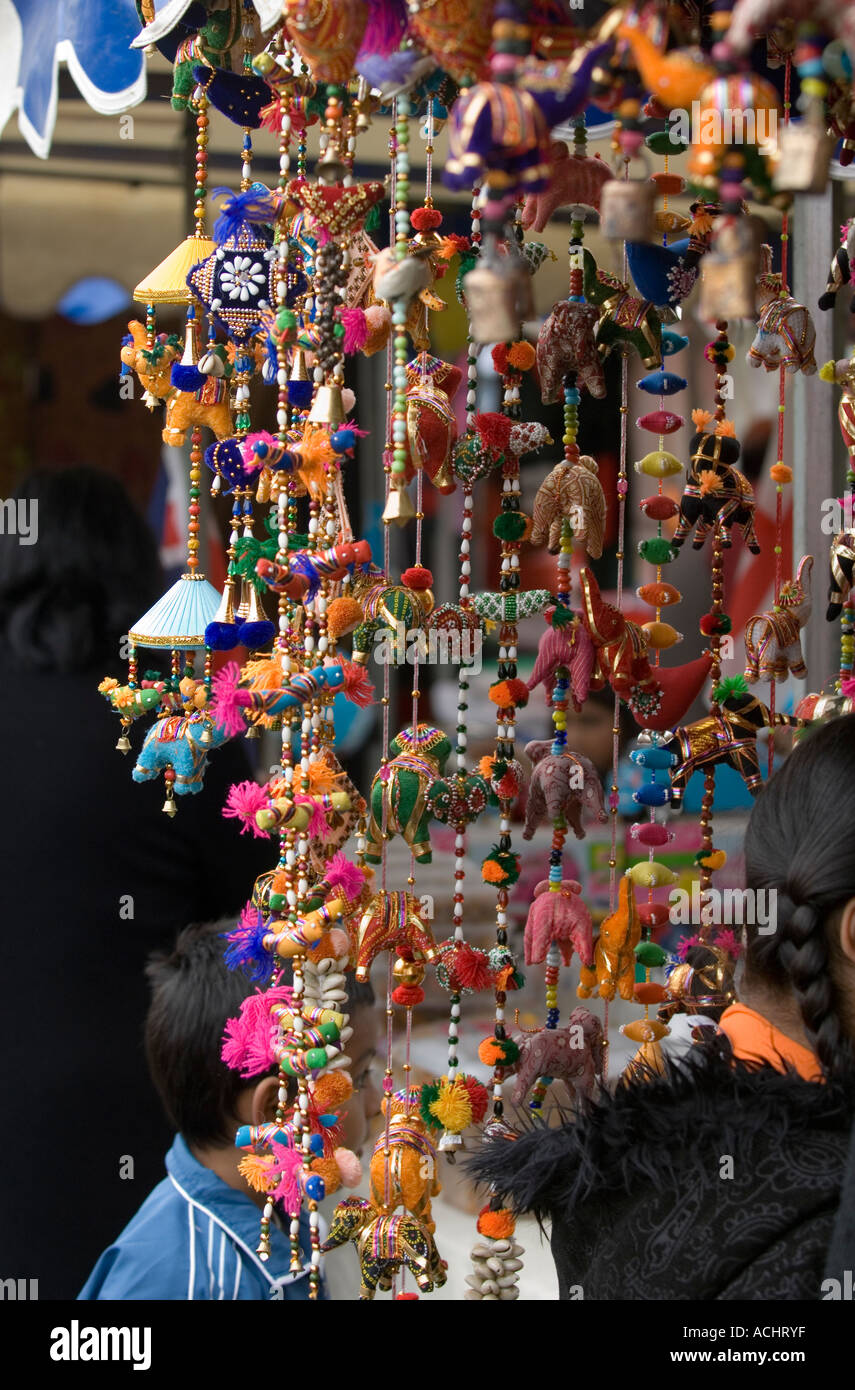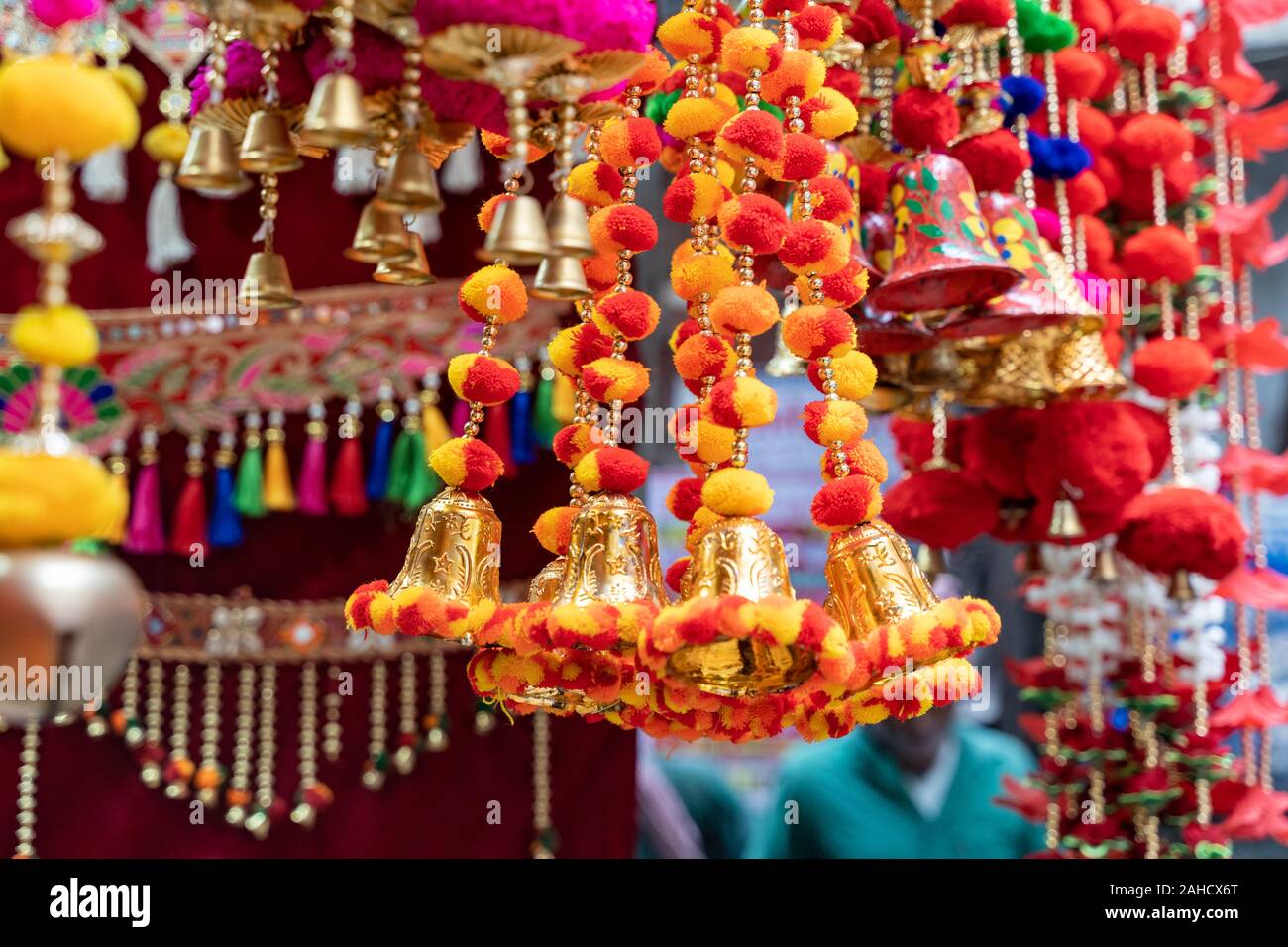Indian hanging decorations are not just mere embellishments; they carry stories, traditions, and a profound sense of culture. As someone who has always been captivated by the vibrant colors and intricate designs of Indian decor, I’ve decided to delve deeper into this topic. Whether you’re redecorating for a festival or simply want to infuse some cultural richness into your space, this guide is your ultimate resource.
The Allure of Indian Hanging Decorations
Hanging decorations, often referred to as “wall hangings,” are an essential component of Indian culture. They symbolize prosperity and have been used for centuries to adorn homes. From traditional to contemporary designs, these decorations add a unique touch to any space.
Types of Indian Hanging Decorations
- Jharokhas: Ornate window-like structures that can be hung on walls.
- Wall Hangings: Tapestries made from embroidery or fabric.
- Torans: Decorative door hangings often made of beads and flowers.
- Mobiles: Artistic hangings that often have moving parts, perfect for children’s rooms.
- Dream Catchers: Although not traditionally Indian, they are often incorporated into Indian decor styles.
Materials Used in Indian Hanging Decorations
The beauty of Indian hanging decorations lies not just in their design but also in the materials used. Here are some commonly used materials:
| Material | Description | Pros | Cons |
|---|---|---|---|
| Cotton | Often used in wall hangings and torans. | Durable, easy to clean. | May fade over time. |
| Silk | Luminous and luxurious, great for enhancing aesthetics. | Elegant, rich colors. | Can be expensive, requires careful maintenance. |
| Wood | Used in jharokhas and traditional carvings. | Sturdy and long-lasting. | Can be heavy, may require special care. |
| Metal | Used in ornate designs and sculptures. | Durable, can create intricate designs. | Can rust if not treated properly. |

Incorporating Indian Hanging Decorations into Your Home
Now that we understand the various types and materials, let’s talk about how to beautifully incorporate these decorations into your home.
Living Room Ideas
The living room is often the heart of the home, and adding hanging decorations can make it feel more inviting.

- Jharokhas: Use jharokhas as a focal point to display family photos or plants.
- Tapestries: Hang a large tapestry behind the sofa to create a stunning backdrop.
Bedroom Ideas
Your bedroom should be a sanctuary, and the right decorations can enhance its calming aura.

- Dream Catchers: Hang them above your bed for a touch of whimsy and to ward off bad dreams.
- Fabric Wall Hangings: Choose soothing colors and patterns to promote relaxation.
Entrance Hall Ideas
Make a strong first impression with decorative torans or hanging wall art.

- Torans: Adorn your entrance door with a vibrant toran made of fresh flowers or beads.
- Sculptures: Hang ornate metal sculptures to greet guests with elegance.
Benefits of Using Indian Hanging Decorations
Integrating Indian hanging decorations into your home comes with numerous benefits. Here are some of them:

Enhanced Aesthetic Appeal
The vibrant colors and intricate designs of Indian decorations can dramatically elevate the ambiance of any room.
Affordable Art
Compared to expensive paintings or artifacts, hanging decorations can be a cost-effective way to beautify your home.

Reflects Cultural Heritage
These decorations help in connecting with the rich Indian culture, even if you are not Indian.
Personal Experience with Indian Hanging Decorations
When I first moved into my apartment, I was adamant about adding some Indian flair to my decor. I stumbled upon a beautiful fabric wall hanging at a local market, and it completely transformed my space. It served as a conversation starter for guests, and I found joy in sharing its story and the craftsmanship behind it. I’ve since collected various pieces, each with a different story, resulting in a home that feels genuinely personal and inviting.
Care and Maintenance of Indian Hanging Decorations
Like any decor, proper care will prolong the life of your Indian hanging decorations. Here are some tips:
General Cleaning
Regular dusting with a soft cloth can prevent dust accumulation. For fabric items, vacuum them gently using a brush attachment.
Storing Items
When not in use, ensure that items like tapestries and wall hangings are stored in a cool, dry place to prevent damage.
Dealing with Stains
For stains, it’s advisable to carefully spot-clean with water and mild soap. If it’s a significant stain on a silk piece, it might be worth consulting a professional cleaner.
FAQs About Indian Hanging Decorations
What materials are best for outdoor Indian hanging decorations?
For outdoor use, opt for weather-resistant materials such as treated wood and metal, as they can withstand the elements better than fabric.
Can I DIY Indian hanging decorations?
Absolutely! Many Indian decorations can be created using simple crafting materials. Consider making your own toran or wall hanging with fabric scraps, beads, and bells.
How do I choose the right hanging decoration for my space?
Consider the size of your room, the existing color palette, and the style of your furniture. Balance is key—don’t overwhelm a small space with large items, and vice versa.
Are Indian hanging decorations suitable for modern homes?
Yes! Indian hanging decorations can seamlessly blend with modern decor if you choose items that complement your style. Minimalistic designs can add a touch of tradition without being overpowering.
Conclusion
Incorporating Indian hanging decorations into your home decor not only adds beauty but also invites a narrative rooted in culture. Whether you’re drawn to the intricate craftsmanship or the vibrant stories behind each piece, these decorations offer so much more than meets the eye. By understanding the various types, materials, and maintenance needs, you can create a stunning aesthetic in your home that tells a story and welcomes guests with warmth and charm.
So get started on your decor journey today—choose a piece that resonates with you, and let it transform your space!